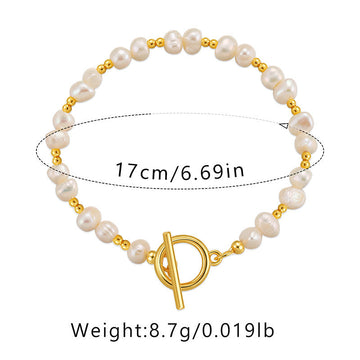Restoration Techniques for Broken Stone Bracelets: A Comprehensive Guide
Stone bracelets, whether crafted from jade, nephrite, or other gemstones, often carry sentimental or monetary value. When damaged, repairing them requires precision and expertise to restore their structural integrity and aesthetic appeal. Below are detailed methods for addressing different types of fractures, from minor cracks to complete breaks.
Assessing the Damage
Before initiating repairs, it is crucial to evaluate the extent and nature of the fracture. Stone bracelets may experience partial fractures (superficial damage without complete separation), complete fractures (two or more separated pieces), or hidden cracks (invisible to the naked eye but detectable under light). The location of the break also influences repair strategies—edges are generally easier to mend than central fractures. Additionally, understanding the stone’s properties, such as hardness and flexibility, is vital. For instance, jade is hard but brittle, while nephrite is softer and more resilient.
Repairing Complete Fractures
For bracelets split into multiple pieces, the following steps are recommended:
- Precision Alignment: Carefully clean the fractured surfaces to remove debris. Use high-transparency epoxy resin adhesive to rejoin the pieces, ensuring exact alignment. Apply gentle pressure during curing to prevent misalignment.
- Polishing and Finishing: Once the adhesive sets, smooth the repaired area with fine-grit sandpaper. Clean the bracelet thoroughly using an ultrasonic cleaner to remove residue.
- Protective Coating: Apply a thin layer of wax to enhance shine and durability. For added artistry, consider engraving patterns or motifs over the repaired section to conceal flaws.
Addressing Partial Fractures and Cracks
For bracelets with surface-level damage or hairline cracks, consider these approaches:
- Adhesive Application: Clean the crack thoroughly and apply a thin layer of adhesive. After drying, polish the area to blend it with the rest of the bracelet. This method works best for minor fissures.
- Metal Inlay or Cladding: For deeper cracks, wrap the damaged area with gold or silver bands. This not only reinforces the structure but also adds a decorative element. Techniques like kintsugi (gold repair) or jinshan (gold-painted patterns) can transform flaws into unique designs.
- Nanotechnology Repair: Advanced methods involve filling cracks with nanoscale particles that bond seamlessly with the stone. This process restores the bracelet’s appearance and strength without visible traces.
Preventing Future Damage
Proper care is essential to maintain the repaired bracelet’s longevity:
- Avoid exposing the bracelet to sudden impacts or excessive friction.
- Limit physical activity while wearing it to prevent accidental collisions.
- Clean gently with lukewarm water and mild soap, avoiding harsh chemicals or ultrasonic cleaners on repaired areas.
- Schedule professional inspections every 6–12 months to check for loose adhesives or worn coatings.
Creative Redesign Options
If the bracelet is severely damaged, consider transforming it into new jewelry:
- Segmented Designs: For bracelets broken into multiple pieces, polish each segment and connect them with metal chains or clasps to create a layered necklace or pendant.
- Cabochon Conversion: Extract intact sections with vibrant colors or patterns and repurpose them as rings, earrings, or brooches.
- Sculptural Modifications: For bracelets missing a portion, reshape the remaining material into a jue (a semicircular ornament) or other symbolic forms.
By combining technical expertise with creative thinking, even severely damaged stone bracelets can regain their beauty and functionality. Whether through traditional repair methods or innovative redesigns, these techniques ensure that cherished pieces endure for generations.







